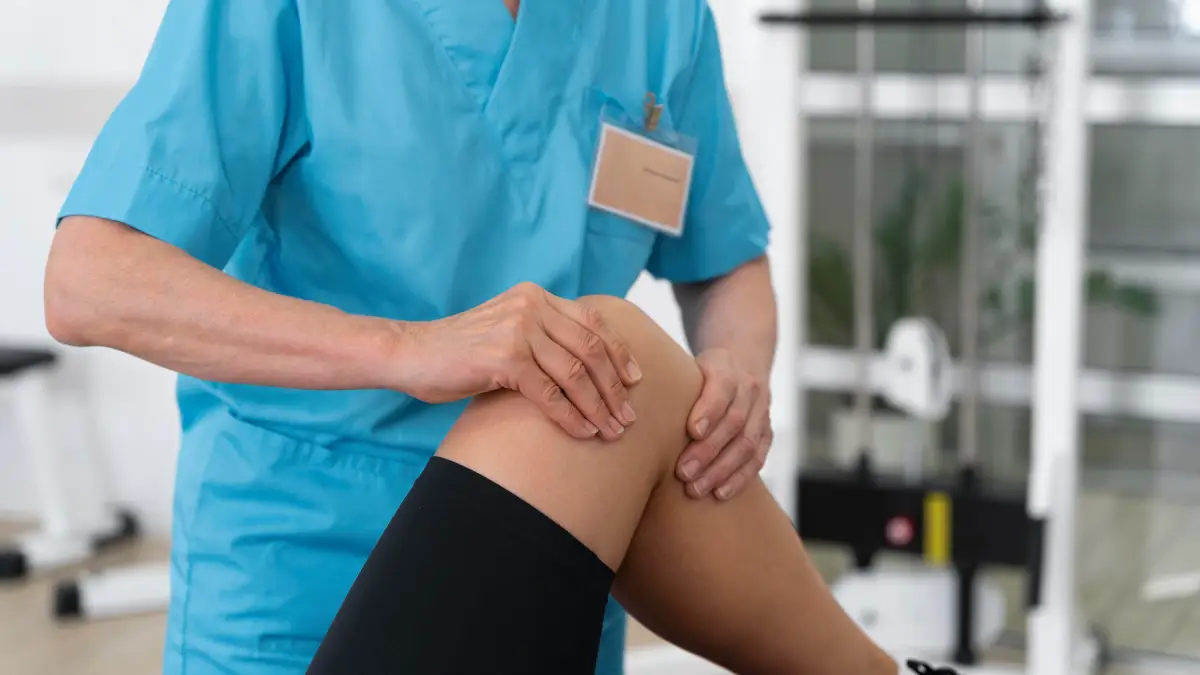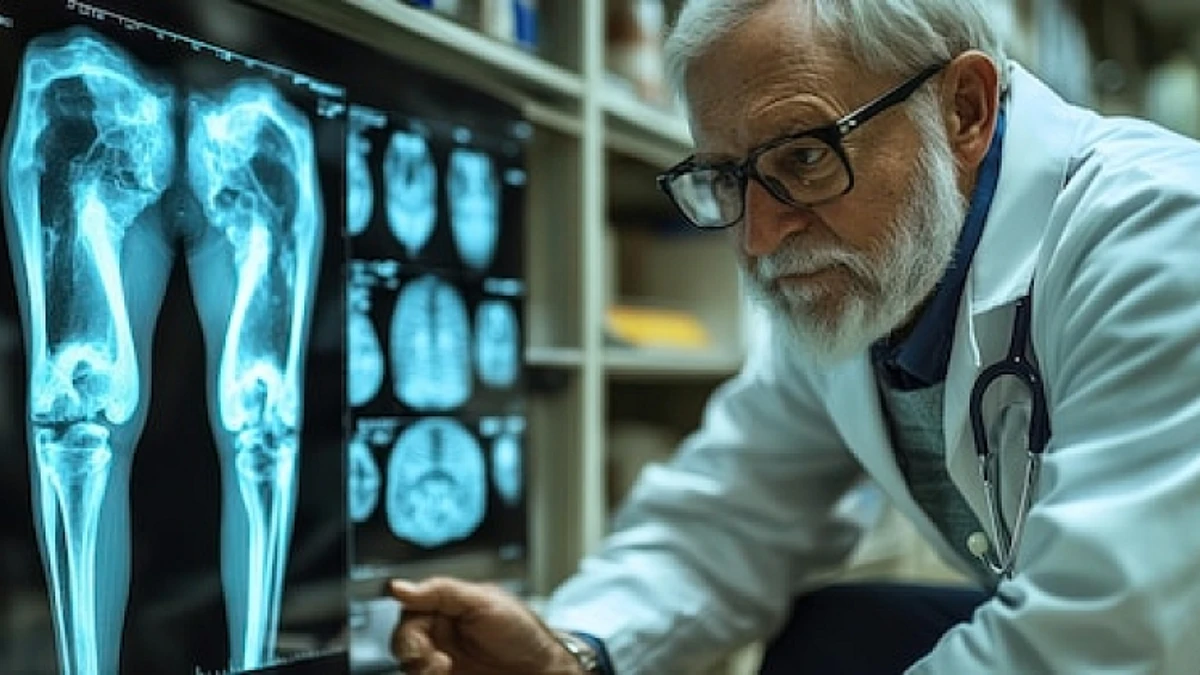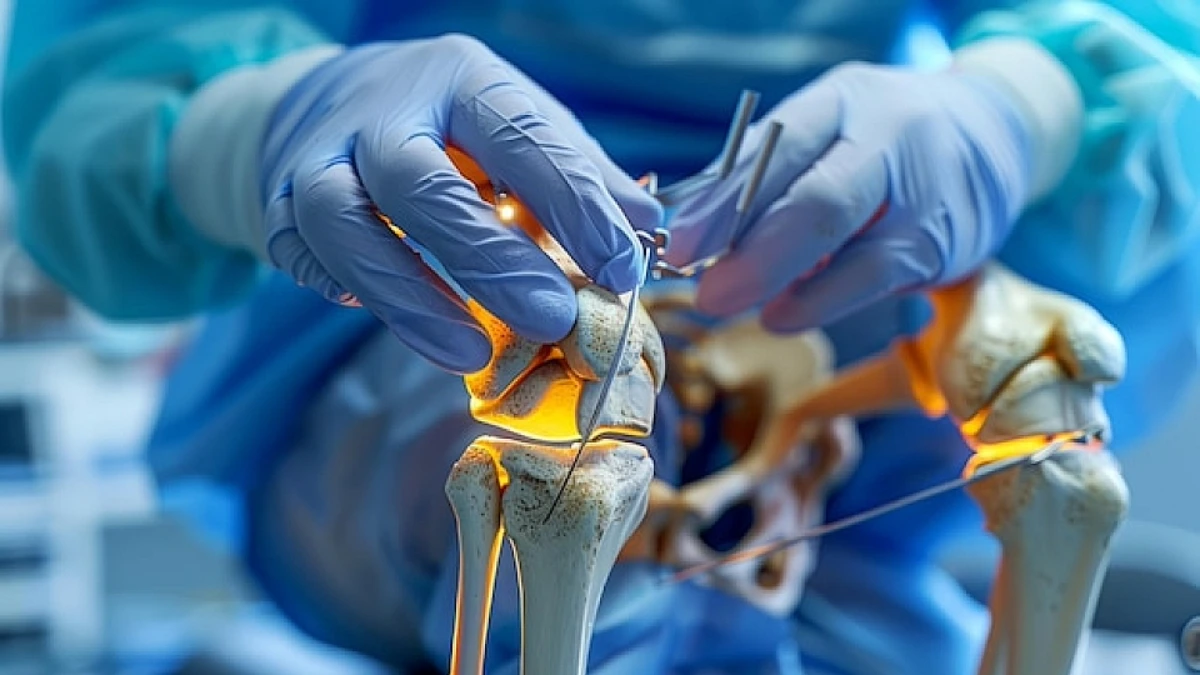Noticing it can be a sudden revelation, showing up as loose skin or sagging around your previously taut and defined jawline. Despite popular myths, no cream or facial exercise can alleviate this condition. However, medical advancements and knowledge about the neck region have evolved, introducing some effective in-office procedures that help treat this issue. A highly effective solution can be found in the form of Turkey Neck Surgery, with its advanced procedures offered both in the UK and Turkey. We’ll explain various aspects of the surgery to insights into before and after transformation scenarios.

Why Does a Turkey Neck Develop?
Turkey neck is a dreaded sign of ageing marked by weakened neck muscles and reduced elasticity of the skin, which is often a common complaint among ageing individuals. Factors contributing to this condition include reduced collagen production leading to less elastic skin, weakened muscles failing to support the loose skin, exposure to UV rays causing damage to the thin neck skin, genetics, and fat distribution. Collagen decline as we age leads to sagging skin, also termed as turkey neck.
Weak muscles can equally contribute to this condition due to their inability to hold the skin in place. Neglected UV protection for the neck skin can expedite turkey neck development. It emphasises the importance of encompassing the neck while applying sunscreen. Surprisingly, the chances of developing a turkey neck can also be hereditary and display variability depending on one’s ethnicity.
Lastly, fat distribution becomes more prominent with weight gain, where extra fat around the jaw, chin, and neck can accentuate the turkey neck appearance.
Turkey Neck Treatment Methods
Overcoming the challenge of turkey neck needs specific treatments to improve the neck’s appearance and enhance overall facial aesthetics. While exercises that target neck muscles can tone these muscles, they cannot enhance the skin condition. Innovative treatments range from non-invasive therapies to invasive surgical procedures that provide enduring results. These results depend on several factors like age, skin type, and the severity of the turkey neck.
Engaging a plastic surgeon specializing in facial procedures is a wise first step towards achieving a satisfactory result. Overcoming the challenge of turkey neck calls for specific treatments designed to improve the neck’s appearance and enhance overall facial aesthetics. While exercises that target neck muscles can tone these muscles, they cannot enhance the skin condition. Innovative treatments range from non-invasive therapies to invasive surgical procedures that provide enduring results depending on several factors like age, skin type, and the severity of the turkey neck. Engaging a plastic surgeon specializing in facial procedures is a wise first step towards achieving a satisfactory result.
Several treatment options can be used to treat turkey neck.
Botox
A non-invasive treatment option, Botox can help to relax and firm the skin, especially where there are vertical band-like lines on the neck. Botox for turkey neck needs no recovery time and offers results that can last from three to four months.
Laser
Laser skin tightening is another non-surgical procedure for turkey neck. This treatment heats and tightens the neck skin and offers mild to moderate results that can last up to several years. Multiple sessions may be needed to achieve the desired result.
Turkey Neck Surgery
Surgical procedures like cheek lifts, facelifts, and neck lifts offer a more lasting solution for turkey neck. These operations include removing extra loose skin while tightening and elevating weak face and neck muscles. A smoother, more toned jowl and neck are the final result. This process is usually an outpatient procedure using general anaesthesia and takes about one to two hours.
An advanced surgical procedure like the deep plane facelift technique can offer cosmetic improvements that last 15 to 20 years. This technique supports the deep ligaments of the face and offers enhanced longevity compared to traditional facelift techniques.
Fat Transfer
This treatment for turkey neck can also solve the issues of excess or loosening skin caused by a natural loss of facial fat volume over time. Fat is harvested from one part of the body and then injected into areas that require augmentation or plumping. Fat transfer may cause some swelling for about two weeks after the procedure but offers and restores the neck’s natural youthful contour.
Liposuction
There are also variations of liposuction, such as non-invasive suction-assisted lipectomy (SAL), radiofrequency-assisted lipectomy (RFAL), or Facelift. These treatments can tighten the neck area by removing extra fat beneath the chin. You should avoid this operation if there are no additional problems present, such as significant platysmal banding or sagging. However, not everyone is a candidate for this procedure.
The range of treatments for turkey neck also extends to other techniques such as neck fat reduction and reshaping, neck tightening stitches, platysmaplasty (neck muscle corset stitches), deep soft tissue reshaping, and a combined neck lift and facelift. These procedures bring a comprehensive transformation, especially when patients have related facial issues.
Turkey Neck Procedures Costs
When looking at different Turkey Neck treatment methods, the cost factor understandably plays a crucial role. The ‘Turkey Neck Surgery cost UK’ could vary widely based on the treatment method chosen and the extent of the condition. The Turkey neck surgery cost for Botox is generally more affordable. Laser skin tightening can be a cost-efficient alternative as well. Although turkey neck surgery might involve higher costs, the results can be transformative.
Turkey Neck Surgery Before and After
The transformation from the turkey neck surgery before and after can indeed be remarkable. The rejuvenated appearance of the neck and improved facial aesthetic have been known to increase self-esteem and confidence in patients.
Turkey Neck Surgery Recovery Time
Recovery time from Turkey Neck Surgery varies from patient to patient but usually ranges from a couple of weeks to a couple of months, depending on the type of procedure performed.
Turkey Neck Surgery Risks
Any medical procedure, however, carries some risks or side effects. Therefore, consultation and guidance from plastic surgeons are critical. Your doctor can perform a physical examination, paying close attention to the elasticity or inelasticity of the skin, the amount of extra fat underneath the chin, and the visibility of the platysma muscle. This clinical examination and patient desires help to inform the best, minimally-invasive approach to achieve the durability and longevity of results. Knowing how to tackle turkey neck will help you to make an informed decision to achieve the desired outcome.
If you are in the UK and searching for “Turkey neck surgery near me” or neck reduction in Turkey, Avicenna International Hospital becomes a perfect choice with its expert team of surgeons and quality care. At Avicenna International Hospital, we provide surgical solutions for turkey neck using innovative treatments that promote quick recovery and lasting results. Our team of surgeons deliver personalized care tailored to your unique needs. Don’t let turkey neck hold you back from feeling confident and youthful. Contact us today to schedule a consultation and start your journey to rediscover your natural self with our trusted turkey neck surgery process.
Will losing weight help Turkey neck?
While weight loss can reduce excess fat around the neck, it may not completely solve a turkey neck issue, especially where skin elasticity and weakened muscles are the main causes.
Why do I suddenly have a turkey neck?
The sudden appearance of a turkey neck might be a result of various factors including rapid weight loss, ageing, or even gravitational pull over time.







